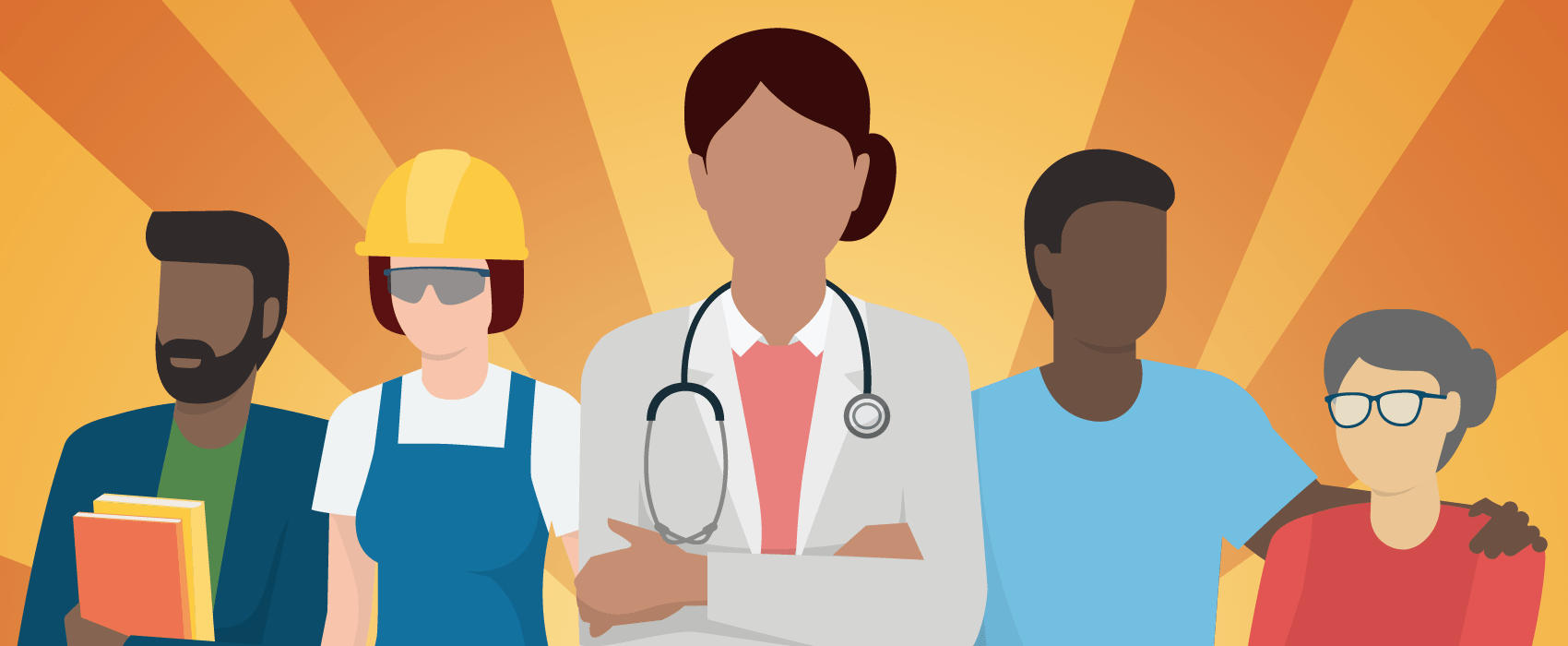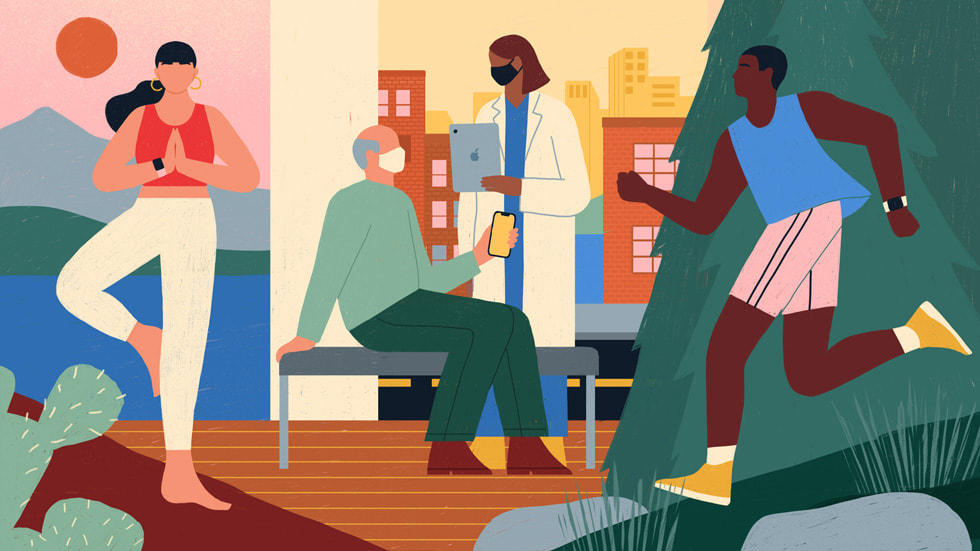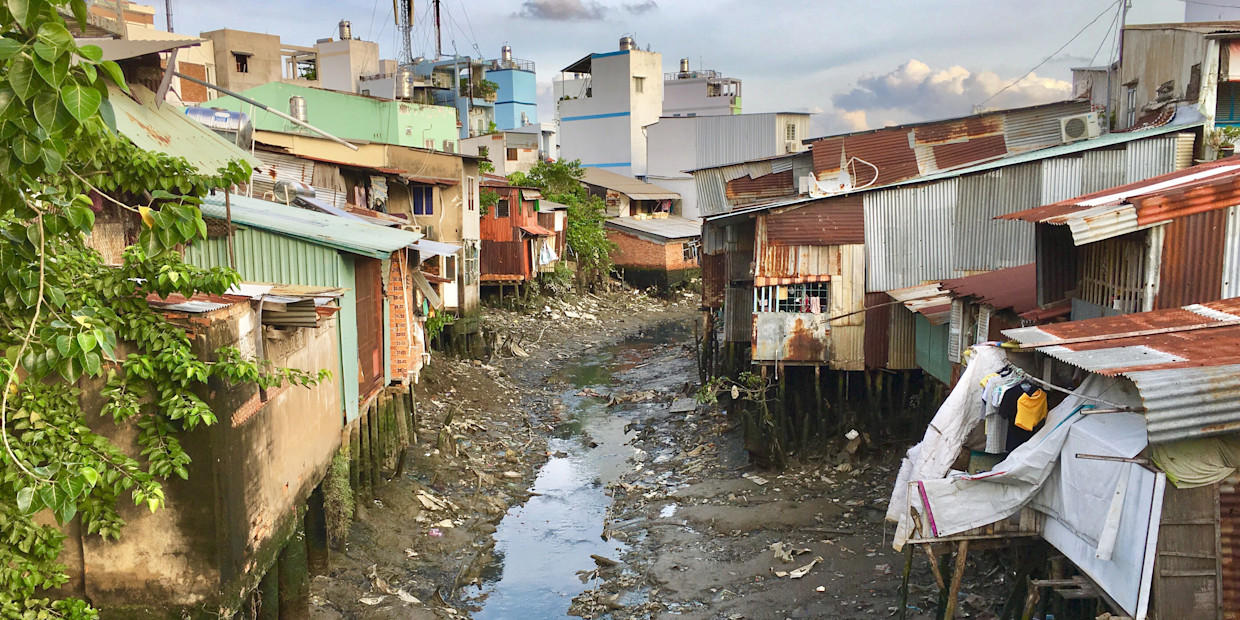Table of Contents
Socio-economic Condition of the People
The socio-economic condition of people is a critical indicator of a country’s overall well-being. It represents the quality of life, economic opportunities, and social progress of individuals and communities within a nation. The factors that affect the socio-economic condition of people include income, education, health, social welfare, and access to basic amenities. In this article, we will examine the current socio-economic conditions of people worldwide.
Factors affecting Socio-economic Condition of the People
- Income inequality is a significant issue that affects the socio-economic condition of people.
- The gap between the rich and the poor is widening in many countries.
- According to the World Inequality Report 2022, the top 10% of the world’s population owns 82% of global wealth, while the bottom 50% owns only 1%.
- This gap in wealth distribution is a clear indication of the unequal distribution of opportunities and resources.
- Education is another important factor that affects the socio-economic condition of people. Education is critical in breaking the cycle of poverty and improving economic opportunities.
- However, many people lack access to quality education, especially in developing countries.
- According to UNESCO, over 260 million children are out of school globally, and more than half of them live in sub-Saharan Africa.
- Health is also an essential factor that affects the socio-economic condition of people.
- Good health is a fundamental human right and a prerequisite for social and economic development.
- However, many people lack access to basic healthcare services, especially in developing countries.
- The COVID-19 pandemic has highlighted the inequities in global health systems, with many low-income countries struggling to cope with the pandemic’s impact due to inadequate healthcare infrastructure and resources.
- Social welfare programs can help mitigate the effects of poverty and improve the socio-economic condition of people.
- These programs provide a safety net for vulnerable populations and can help reduce income inequality.
- However, many countries lack adequate social welfare programs, and those that do exist are often inadequate to meet the needs of the population.
- Access to basic amenities such as water, sanitation, and electricity is also critical to improving the socio-economic condition of people.
- However, many people lack access to these basic amenities, especially in developing countries.
- According to the World Health Organization, 2.2 billion people lack access to safe drinking water, and 4.2 billion people lack access to safe sanitation.
In conclusion, the socio-economic condition of people is a critical issue that affects the well-being and progress of nations. Income inequality, lack of access to education, healthcare, social welfare, and basic amenities are some of the major challenges facing people worldwide. Addressing these challenges requires a concerted effort from governments, international organizations, civil society, and individuals to create a more equitable and sustainable world.
What is Socio-economic Condition of the People?
The socio-economic condition of the people refers to the relationship between economic factors and social conditions that affect the lives of individuals, families, and communities. It is an important aspect of any society as it determines the standard of living and quality of life of the people. The socio-economic condition of a society is influenced by a number of factors, including the level of education, access to healthcare, employment opportunities, income distribution, and social inequality.
- Education is a key factor in determining the socio-economic condition of people.
- Access to healthcare is another important factor in determining the socio-economic condition of people.
- Employment opportunities are critical for improving the socio-economic condition of people.
- Income distribution is a key factor in determining the socio-economic condition of people.
- Social inequality is another important factor in determining the socio-economic condition of people.
The socio-economic condition of people is a complex issue that is influenced by a variety of factors. Education, access to healthcare, employment opportunities, income distribution, and social inequality are all critical in determining the standard of living and quality of life of individuals, families, and communities. Addressing these issues requires a comprehensive approach that involves government policies, private sector investment, and community-based initiatives. Only by working together can we create a more equitable and just society, where all people have the opportunity to thrive and reach their full potential.
Indicators of Socio-economic Condition of the People
The following are some indicators of socio-economic condition that are commonly used:
1. Indicators of Socio-economic Condition of the People: Income
Income is the most commonly used indicator of socio-economic condition. It refers to the money earned by individuals or households. Higher income levels generally indicate a better standard of living, as people with higher incomes have more resources to meet their needs and improve their quality of life.

2. Indicators of Socio-economic Condition of the People: Education
Education is another important indicator of socio-economic condition. It refers to the level of education attained by individuals or the average level of education in a community. Higher levels of education generally lead to better job opportunities and higher incomes, which can improve the overall well-being of individuals and communities.

3. Indicators of Socio-economic Condition of the People: Employment
Employment is an important indicator of socio-economic condition, as it provides people with a means to earn a living. The employment rate refers to the percentage of people in a community who are employed. A high employment rate is generally a positive indicator of socio-economic condition, as it indicates that people have access to job opportunities and are able to support themselves financially.

4. Indicators of Socio-economic Condition of the People: Health
Health is another important indicator of socio-economic condition. It refers to the physical and mental well-being of individuals. Health indicators include life expectancy, infant mortality rate, and access to healthcare. Higher levels of health generally indicate a better standard of living, as people with better health are able to participate fully in society and have a higher quality of life.

5. Indicators of Socio-economic Condition of the People: Housing
Housing is an important indicator of socio-economic condition, as it provides people with a place to live. Housing indicators include the percentage of people who own their homes, the quality of housing, and the cost of housing. Affordable and safe housing is essential for a high quality of life, and communities with high levels of homeownership generally have higher levels of socio-economic condition.

6. Indicators of Socio-economic Condition of the People: Poverty
Poverty is a negative indicator of socio-economic condition, as it indicates a lack of resources and opportunities. The poverty rate refers to the percentage of people in a community who live below the poverty line. Communities with high levels of poverty often face challenges related to access to healthcare, education, and employment, which can negatively impact the overall well-being of individuals and communities.

In conclusion, indicators of socio-economic condition provide valuable information about the well-being of individuals and communities. These indicators help policymakers to develop policies that address the needs of the community and improve the overall well-being of society. By monitoring and improving these indicators, communities can work towards a better quality of life for all residents.
Socio-economic Condition of the People in India
India is a diverse and populous country with a population of over 1.3 billion people. While the country has made significant strides in economic growth and development, the socio-economic condition of the people remains a major concern.
- The country’s economy is a mix of traditional agriculture, modern agriculture, industry, and services.
- However, the vast majority of the population still depends on agriculture for their livelihood.
- Despite the government’s efforts to improve agricultural productivity and promote industrialization, the sector continues to face challenges such as low productivity, lack of infrastructure, and inadequate credit facilities.
- In terms of poverty, India still has a significant number of people living below the poverty line. According to the World Bank, as of 2021, around 29.2% of the population lives in poverty.
- The poverty rate is even higher in rural areas, where a large number of people are engaged in agriculture and other traditional occupations.
- One of the key factors contributing to poverty in India is the high level of income inequality.
- The country has one of the highest levels of income inequality in the world, with the top 1% of the population holding over 58% of the wealth.
- This has led to a situation where a significant portion of the population does not have access to basic necessities such as healthcare, education, and clean water.
- Another major challenge facing the socio-economic condition of the people in India is unemployment.
- The country has a large population of young people who are entering the workforce each year, but the economy is not creating enough jobs to meet the demand.
- The unemployment rate in India was estimated to be around 7.11% as of 2021, with youth unemployment being even higher at 23.4%.
- In addition to these challenges, India also faces issues such as gender inequality, lack of access to healthcare, and poor quality of education.
- Women in India face significant challenges in terms of access to education, healthcare, and employment opportunities. They also face higher rates of domestic violence and sexual harassment.
- While the government has implemented a number of programs and policies aimed at improving the socio-economic condition of the people in India, much more needs to be done.
- There is a need for greater investment in infrastructure, education, and healthcare, as well as more efforts to address income inequality and create job opportunities.
Overall, the socio-economic condition of the people in India remains a major concern, and there is a need for continued efforts to address these challenges and promote inclusive and sustainable development.
| Also Read: | |



 TSPSC Group 1 Question Paper 2024, Downl...
TSPSC Group 1 Question Paper 2024, Downl...
 TSPSC Group 1 Answer key 2024 Out, Downl...
TSPSC Group 1 Answer key 2024 Out, Downl...
 UPSC Prelims 2024 Question Paper, Downlo...
UPSC Prelims 2024 Question Paper, Downlo...
